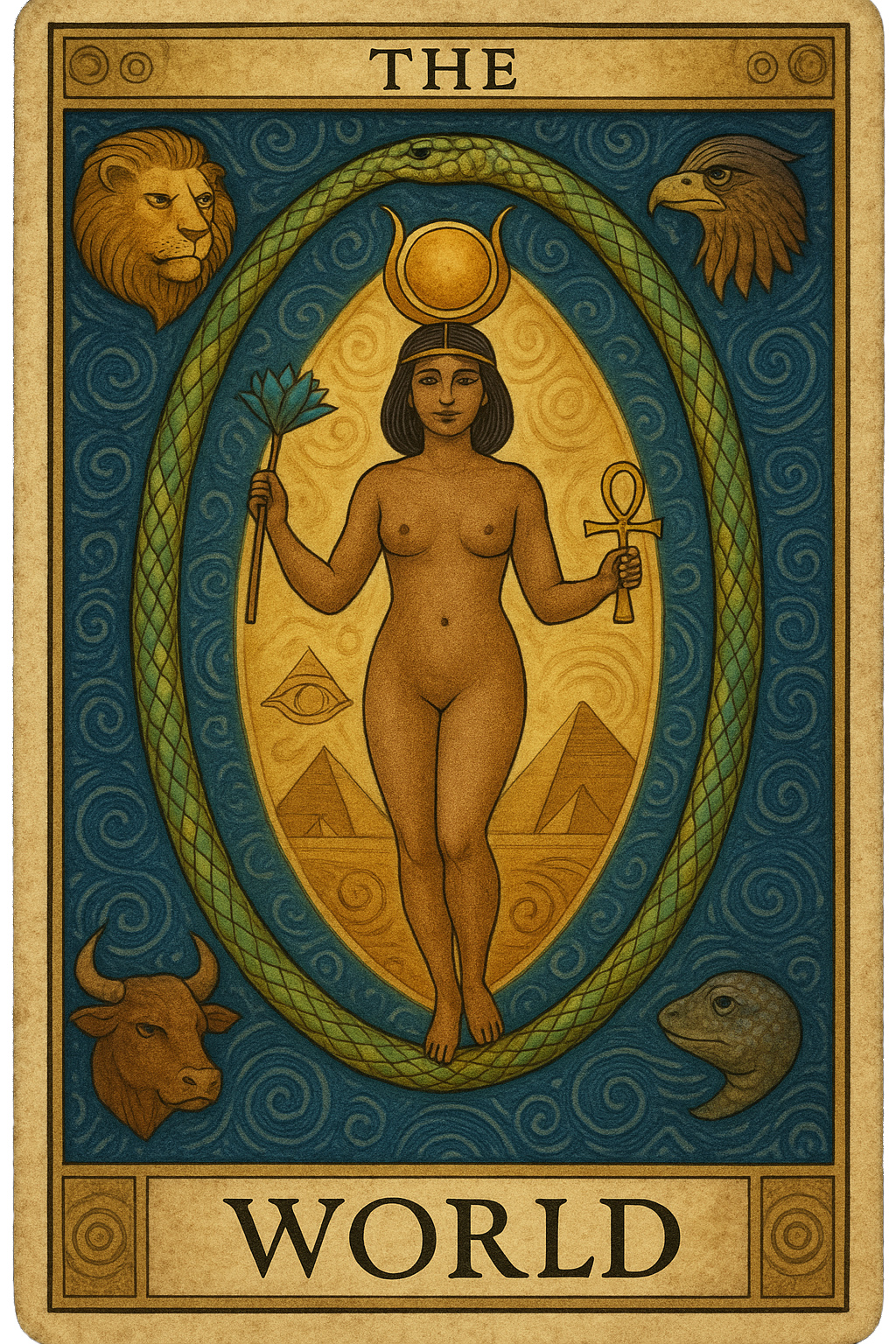The Agora is a Database of Wisdom
Check out our elevator pitch or Sign in
Check out our elevator pitch or Sign in
Blackboard
See what's happening in the agora
Groups
Topics
All Topics
Critique of Goethe's Faust - A Polemic against Secret Societies
0
0
A Unified Examination of Goethe's Epistemology: The Immanentization of the Platonic Form
0
0
The Labyrinth of Egypt: Ancient Mysteries and Modern Discoveries
0
0
1
0
Hunter Spills The Beans On Most Incredible Sasquatch Encounter
0
0
Jake Barber: Truth or Hoax? Body Language Analysis
0
0


Fascinating!